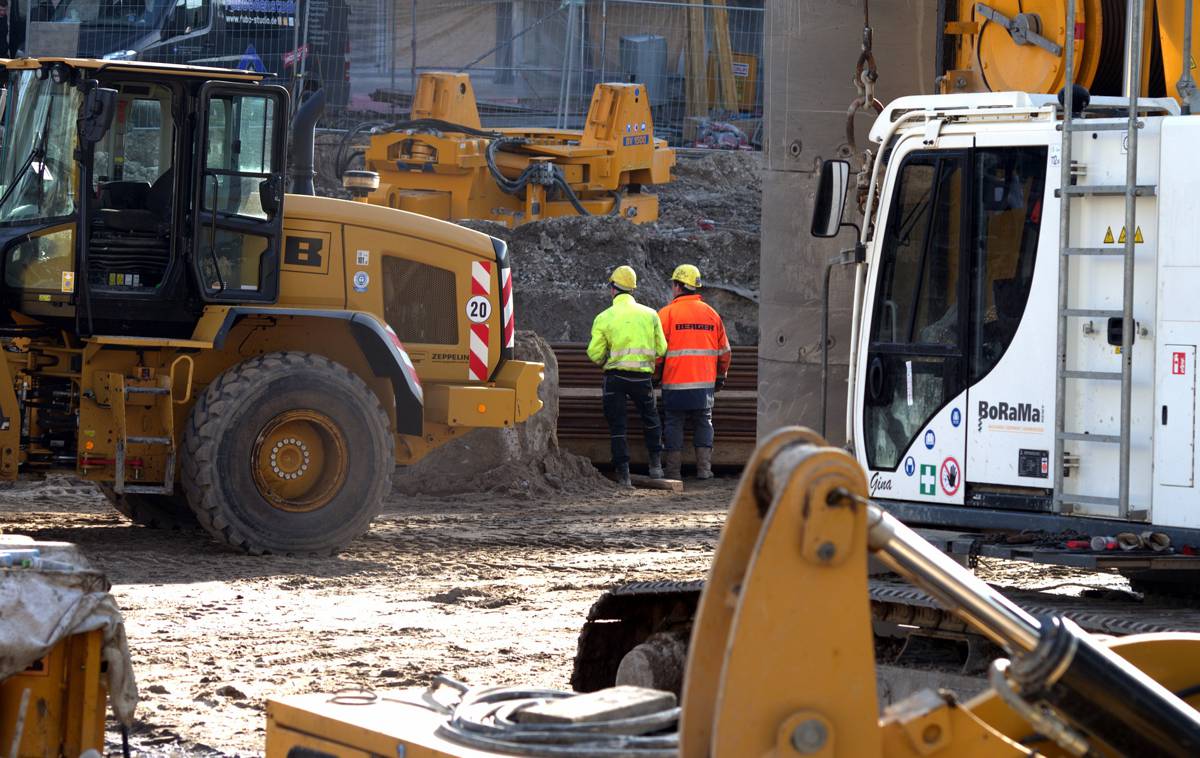Workflow Strategies for Construction Management
Project management starts with efficient workflows. Workflows help get tasks done in a more simplified and streamlined manner, while more complex tasks are given more attention.
Workflows make project management easier in the construction industry. Below are four workflow strategies that can make project management easier:
Communication Flow Chart
The key to any project is good communication.
Communication requires careful planning to decide on the “who, what, when, how” of your communication strategy. That means getting everyone involved in the project using the same systems and methodologies.
Identify all the relevant stakeholders, from suppliers and investors, to the civil engineers working on the ground. Keep the entire team in the loop, and evaluate what information each group needs to know, and how often you will update them. Set out a clear schedule for regular updates to keep everyone informed.
Finally, consider how you are going to communicate. Will you email updates or is it going to involve meetings and phone calls? The easiest way to do this is to get a system that allows stakeholders to view updates as they need to, as well as to report concerns they have about the project.
Continuous Planning
Construction requires a lot of continuous planning.
Planning starts long before any construction physically takes place, and must be revised constantly as the reality of the situation unfolds. Procurement of supplies and the associated logistics must be flexible enough to meet day-to-day challenges of an evolving jobsite. One way to manage most of these is to assess risks and make every stakeholder aware of them, and to keep them updated on any new risks.
Making the project run safely, smoothly, and reducing losses is where continuous planning comes in. It is also where the day-to-day management of the site is simplified for everyone.
Automated Reporting Systems
This type of workflow combines communication and automation. Having an automated reporting system significantly decrease the workload, while highlighting valuable insights that need attention.
There are several software solutions to use to streamline this, from auto-generated status reports, to reporting systems for health and safety. These all go a long way to ensuring the project remains on track and finishes on schedule.
Adopting Lean Workflows
Lean workflows are systems focused on the individual tasks in the project – plan, do the work, and then review and report. This workflow is particularly popular in software companies, but has applications for construction.
By focussing on each individual milestone instead of the bigger plan, it is easier to adapt as the realities of the job become clearer.
There are many systems and software solutions to help manage this, with some being focussed purely on construction management. It is definitely worth doing some research into what is available, and discussing with your team the solutions that best suit the projects particular needs.
Conclusions
The construction industry is a stressful one, with tight deadlines and demands. Construction companies often focus on the big picture, missing risks that each individual milestone throws in your path. With project management methodologies, construction companies can stay on track and never lose sight of the ultimate goal of maintaining productivity, and more importantly profitability.
Article by Sara Sparrow, Project Coordinator and Technical Writer for Buy assignment and Custom essay. Sara provides consultation to businesses and attends conferences to discuss technology and marketing. In her spare time, she contributes articles to online magazines and blogs like OX Essays.




















